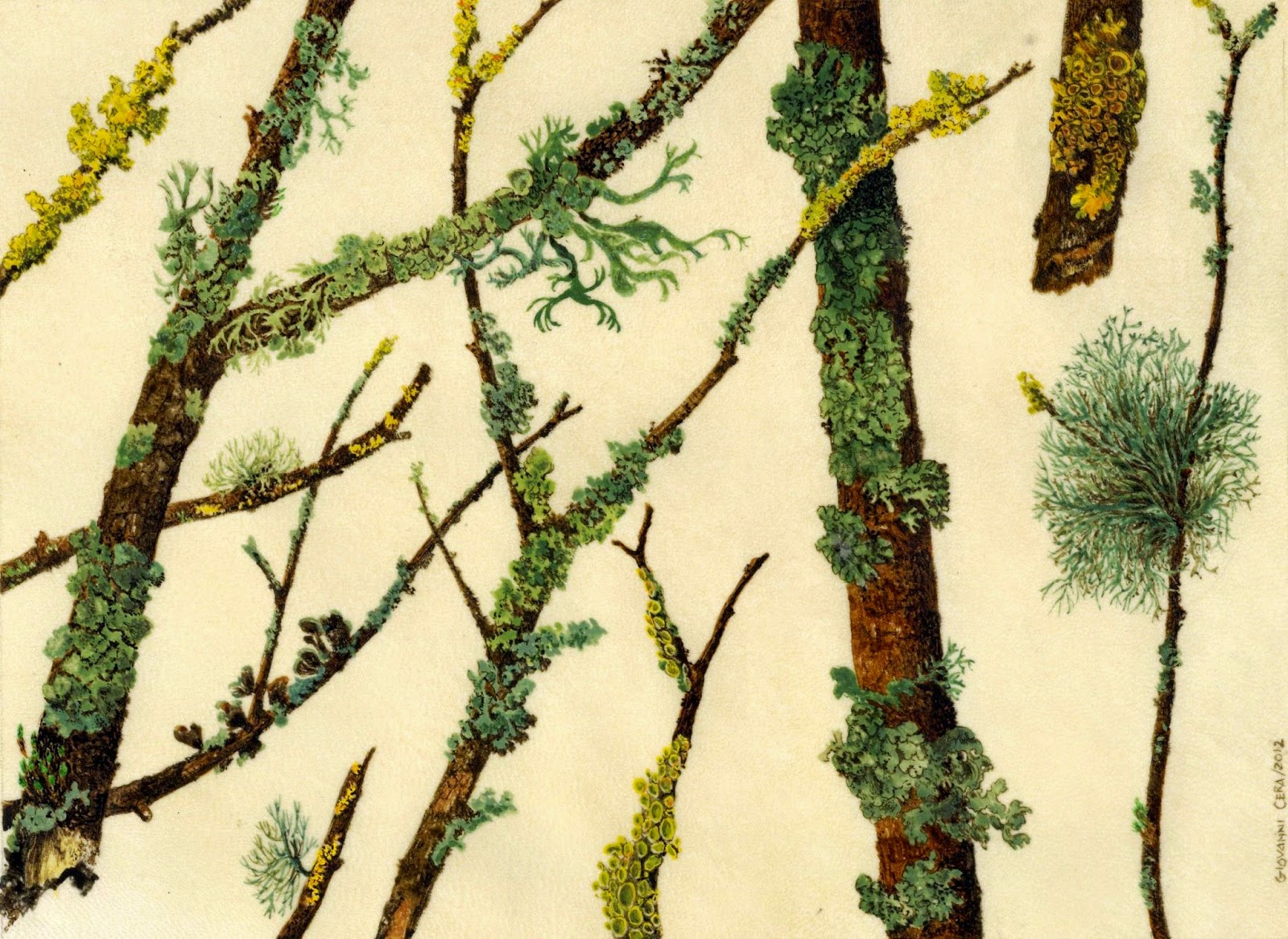November : Gekkos
Tarentola mauritanica is a species of gecko (Gekkonidae) native to the Western Mediterranean
region of Europe and North Africa and widely introduced to America and
Asia. It is commonly observed on walls in urban environments, mainly in
warm coastal areas, though it can spread inland - especially in Spain. A
robust species, up to 150 millimetres long, its tubercules are enlarged and give the species a spiny armoured appearance.
The species was first described by Carl Linnaeus in 1758. Its widespread introduction has attracted many common names, including variants on common or Moorish wall gecko and Salamanquesa, Crocodile gecko, European common gecko, and Maurita naca gecko.
(by Wikipedia)
Adults can measure up to 15 cm, tail included. Robust body and flat
head. Back, legs and tail with prominent conic tubercles. Its
regenerated tail is smoother and doesn't have tubercles. Obtuse mouth,
big eyes with no eyelids and vertical pupil. Fingers with big lateral
growths and adherent division less laminae in the bottom face. Only the
third and fourth fingers end in union. Brownish grey or brown coloration
with darker or lighter spots. These colours change in intensity
according to the light. When they are active by day their colour is
darker than during the night. It can be found on many construction
sites, ruins, rock fields, tree trunks, etc. (by Wikipedia)

In Apulia we have this saurus as a common friendly companion, present in almost all the houses and expecially in every old walls. It is from the family "Phyllodactilae" and its species is "Tarentola mauritanica". I've drawn it in the past for a friend of mine, who, as many people, is terrified of them ! Expecially in the evenings they wait on the walls, motionless, for their food that is insects and mosquitos. With a quick movement, you can see easily, they jump on the pray that is attracted from the light and catch it in their big mouths !
 |
| Years ago I drew this small gekko on a plant of Arbutus unedo | | | | | |
 |
| Kokko and Gekko, two brothers not from the same mother, hunting a mosquito |



























